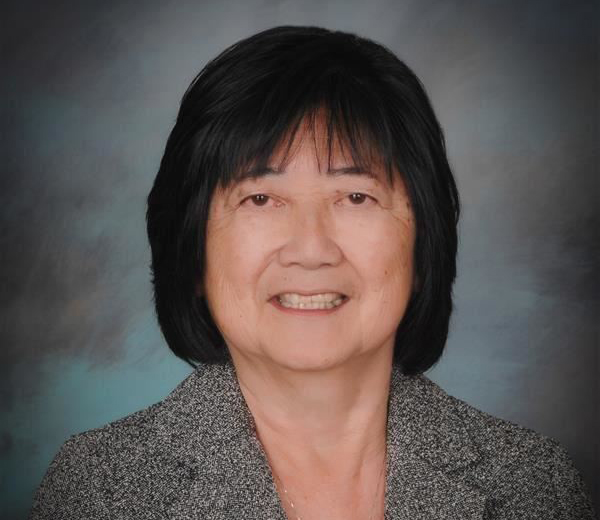Because the stakes are so high, it’s critical that school districts have the tools and flexibility required to meet student needs and family preferences this summer, this fall and for years to come. We are facing an inflection point for public schools and we must treat this crisis as an opportunity to re-evaluate and reinvigorate the ways in which we serve students. If we do not face this challenge head-on, public trust in our school system will erode, as will our enrollments.

We expect local educational agencies to offer full-time, in-person instruction this autumn, but LEAs also should have the option of maintaining distance learning for that subset of families that it has served well. This is part of a shift toward a service-oriented model of education, and away from the industrial-era model that is not well-suited for many of today’s families. We can turn this moment to our advantage if we rethink and transform a system that isn’t serving all students well.
While the infusion of state and federal aid will support the safe reopening of school buildings and student learning recovery programs, school districts also need liability protections from COVID-related claims when those schools are following the law and public health guidance responsibly. The state should also allocate a portion of the surplus to eliminate the deferrals that were implemented during a time of greater financial uncertainty, so schools receive the money to which they are entitled in this school year.

As board members, we know that providing a safe, healthy, engaging and enriching return to full-time instruction requires that schools — and the Legislature — dive deep beneath the surface to address the details of what we hope is a once-in-a-generation occurrence. Our challenges lie at the intersection of education, safety, finance, public health, technology and communications — and we need every tool at our disposal to offer solutions that provide all students the high-quality education they deserve.